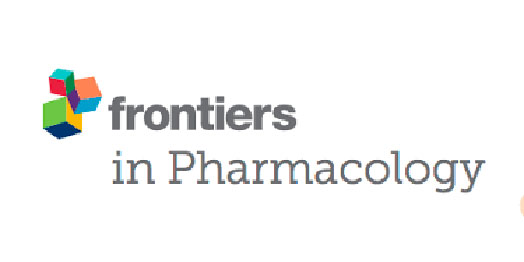Galli, E., Fortina, A.B., Ricci, G. et al.
Ital J Pediatr 48, 95 (2022). https://doi.org/10.1186/s13052-022-01278-7
Abstract
Currently, there are a few detailed guidelines on the overall management of children and adolescents with moderate-severe atopic dermatitis. AD is a complex disease presenting with different clinical phenotypes, which require an individualized and multidisciplinary approach. Therefore, appropriate interaction between primary care pediatricians, pediatric allergists, and pediatric dermatologists is crucial to finding the best management strategy.






